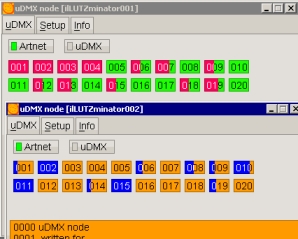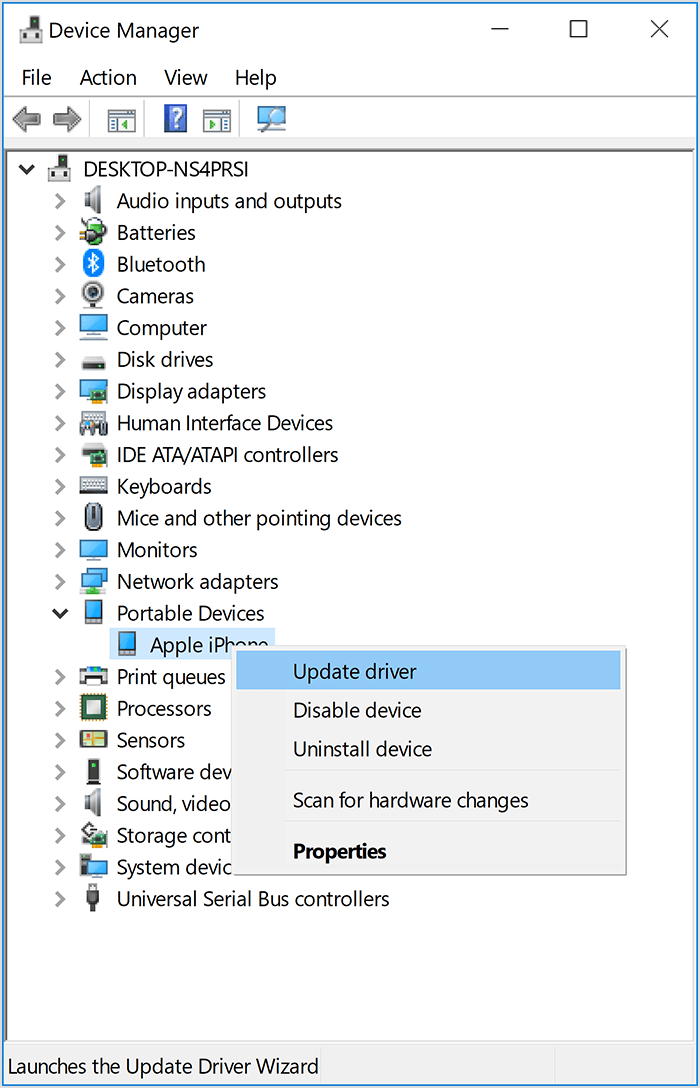

The request value indicates that the descriptor type is DEVICE. The data transfer direction is from device to host (D7 is 1)The request is a standard request (D6…D5 is 0)The recipient of the request is the DEVICE (D4 is 0)īRequest (See section See 9.3.2 and Table 9-4) As described in section 9.3, we see these fields and values: Field Those 8 bytes indicate the type of request and the size of the buffer in which the device will write its response.Īll bytes are received in reverse order. The PID is followed by 8 bytes that contains the main information about this request. The PID is DATA0 and that value is used for packet sequencing (to be discussed). Next, the host sends the data packet #435. For control transfers, that endpoint address is always 0. The PID is followed by the device address and the address of the endpoint. Notice that the PID specifies SETUP indicating a setup token. In the preceding trace, the host initiates (indicated by H↓) the control transfer by sending the setup token packet #434. This screen shot shows an example setup transaction. This transaction contains a token packet called setup token followed by an 8-byte data packet. It does so by sending a setup transaction. The host always initiates a control transfer. In this example, let's examine some traces captured by a LeCroy USB analyzer. An analyzer device shows how data is sent to or received from a USB device over the wire.


You can see the structure of transactions and packets by using any USB analyzer, such as Beagle, Ellisys, LeCroy USB protocol analyzers. The handshake packet can be sent by either the host or the device, depending on the direction of the transfer. The PID of the packet indicates whether or not the packet was received by the host or the device. Immediately following the data packet is the handshake packet. The data packet can be sent by either the host or the device, depending on the direction of the transfer. The number of bytes that each data packet can contain depends on the maximum packet size of the default endpoint. Immediately following the token packet is the data packet that contains the payload.
Udmx driver windows 10 download full#
For full speed, the host sends the packet every 1millisecond every 125 microsecond on a high-speed bus. The frequency at which this packet is sent depends on the bus speed. This type of token packet contains an 11-bit frame number.

For low and full speed devices, 10% of the bandwidth 20% for high and SuperSpeed transfers devices. Low speed, 8 bytes full and high speed, 64 bytes SuperSpeed, 512 bytes.īecause control transfers are high priority transfers, certain amount of bandwidth is reserved on the bus by the host.


 0 kommentar(er)
0 kommentar(er)
